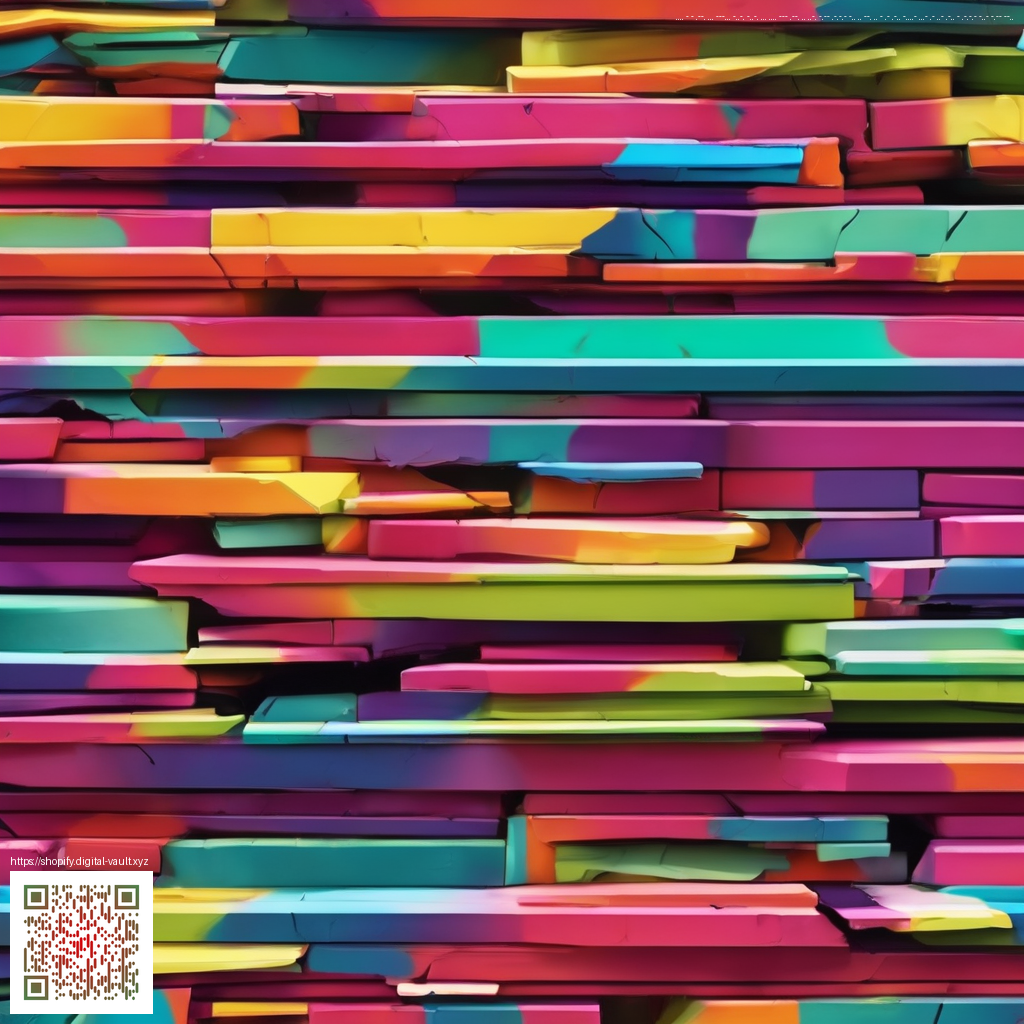
Procreate Brushes for Realistic Digital Paper Textures
Digital paper textures can elevate your Procreate projects from flat color blocks to tactile, believable surfaces. Whether you’re designing a vintage letter, a chic stationery set, or a moody illustration, the right brush family can simulate grain, fiber, and noise with surprising realism. In practice, you’ll blend brush strokes that mimic real-world papers—think cotton rag, linen weave, and delicate tissue—so your colors settle into the surface in a natural way. If you’re curating a productive studio setup, you might even pair your digital workflow with a tangible surface like the Neon Non-Slip Gaming Mouse Pad 9.5x8 in Anti-Fray to keep your tablet and stylus stable during long sessions. And for a deeper dive into these textures, you can explore broader techniques at that companion guide.
Understanding digital paper textures
When you think about paper textures in Procreate, imagine different tactile surfaces and how they interact with light and pigment. Grainy rice paper offers a gentle tooth that grabs pigment, while heavyweight watercolor paper adds a subtle, uneven sheen where shadows naturally fall. Linen textures create a slightly structured weave that can give linework a more grounded, tactile feel. By selecting brushes that imitate these surfaces, you can predefine how your pigments will behave before you even start layering color.
- Grain and tooth set how aggressively a brush grabs color. A lighter tooth is perfect for watercolor washes, while a pronounced grain works well for pencil and charcoal textures.
- Weave and fiber simulate fabric-like papers, adding a soft rhythm to strokes that repeat across the surface.
- Edge quality matters for deckle edges or torn paper. Subtle raggedness can sell a collage or a painterly collage look.
- Whiteness and tint influences how light or warm the texture feels as you paint, affecting color perception and mood.
“The texture you choose is more than a backdrop—it guides your brushwork, breathes life into color, and helps viewers feel the scene with their eyes as much as their imagination.”
Choosing the right brush sets in Procreate
Successful realism comes from pairing a texture-focused brush set with careful layering. Start with a base paper texture brush to lay in a soft foundation. Then add a second brush or stamp layer that introduces a subtle grain or fiber pattern. Finally, glaze with translucent color on a multiply or overlay layer to deepen the tonal depth without destroying the surface quality. For many artists, a combination of scanned textures and digitally generated grain yields the most flexible palette. If you’re researching how texture can influence digital mood, you’ll find the examples and workflows described on the referenced guide particularly helpful.
Practical workflow for texture-rich illustrations
- Begin with a neutral, paper-like texture as your base layer. Use a low-opacity brush to paint your initial shapes and shadows.
- Layer in grain or fiber textures with a separate brush on a clipped layer so you can adjust opacity without affecting the line art.
- Experiment with blend modes—overlay, soft light, or multiply—to merge texture with color in a natural way.
- Color management matters: warm up highlights or cool down shadows depending on the texture’s perceived warmth; texture often shifts color perception subtly.
- Finish with a light dusting of noise or a subtle edge texture to simulate the way real paper carries pigment under light.
For readers who want a structured starting point, a curated set of brushes and textures can accelerate your learning curve. While your own preferences will drive the final mix, the core idea remains simple: texture first, then color, then polish. If you’d like to see a live example of these concepts in action, check the guide linked above and try applying its steps to a small study before committing to a larger piece.